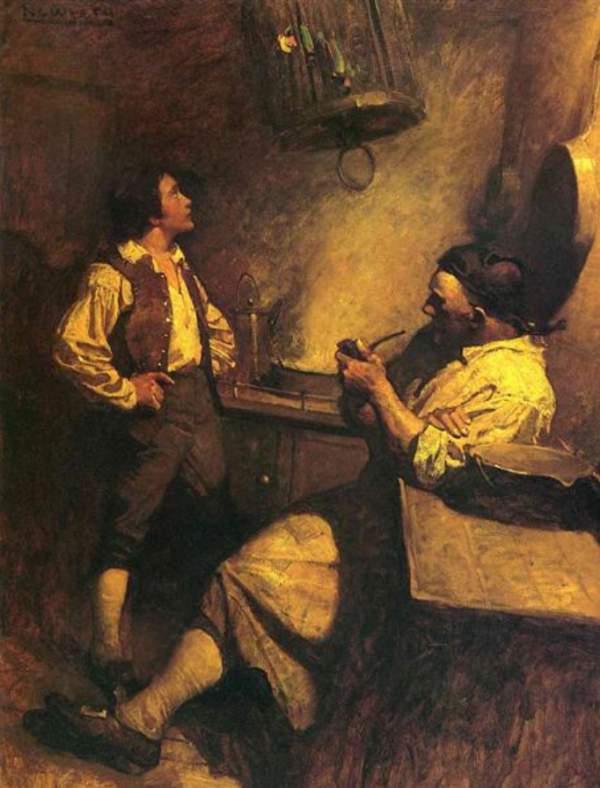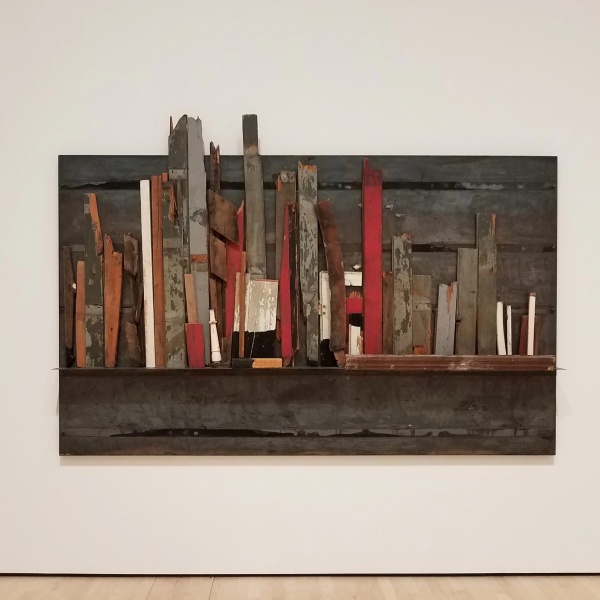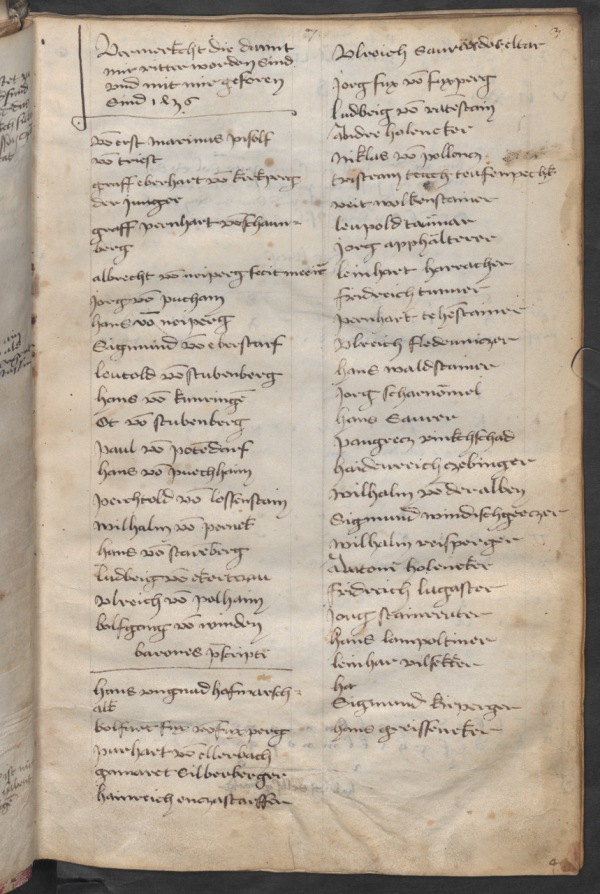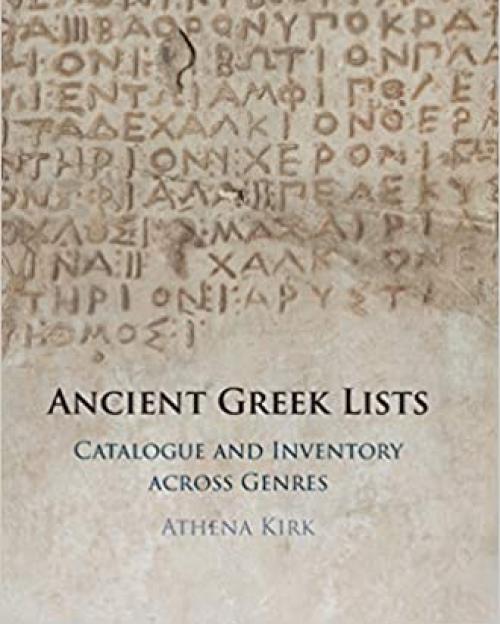by Leslie Myrick and Martha Rust
In July 1836 the United States Congress was the contingent beneficiary of a $500,000 bequest made by English scientist James Smithson (1765-1829) for the establishment of a new National Museum in Washington, D. C. to be known as the Smithsonian Institution. Smithson, the illegitimate son of Hugh Percy, the first Duke of Northumberland, never married and named a nephew as heir to his considerable fortune. When the nephew died without issue six years after Smithson’s death in Genoa in 1829, the bequest was duly transferred to Congress for the foundation of an American National Museum. A museum, as noted in our recent post “L’allure de liste,” can be a site that both contains list-like arrangements of objects and inspires written lists of the same. In the case of the Smithsonian museum, a curious list of proposed objects suggests that the list form itself could be the subject of a museum exhibition.
Continue reading “A Cabinet of Conundrums: An 1846 List of Proposed “Curiosities” for the Smithsonian Institution” →





